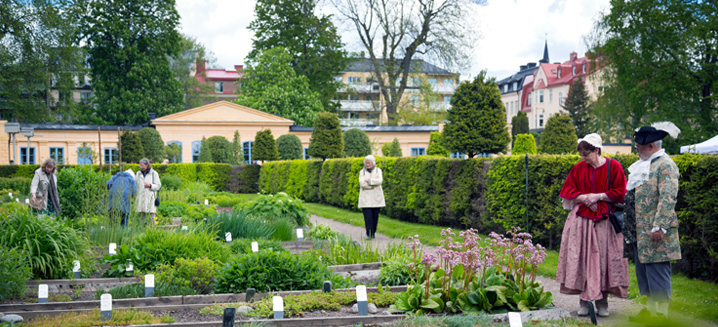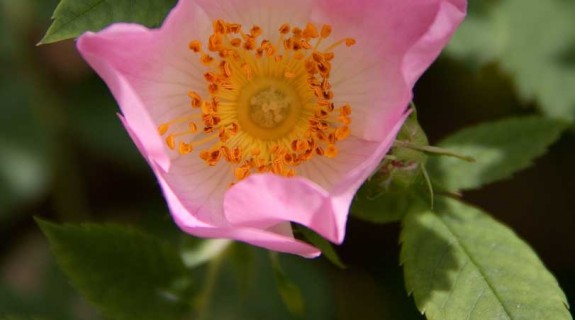
Fjärdingen, Uppsala, Sverige
Right in the centre of the city, on Klostergatan between the pedestrianised area and the river Fyrisån, there is a small unassuming park with a fascinating medieval history. On a spring or summer day, the herb garden’s fragrances can be intoxicating.
Klosterparken (Monastery Park) is a memorial to the ancient ruins of a Franciscan monastery that stood here from the 1200s to the 1500s. Catholic monks, the Franciscans who came to Sweden from southern Europe, brought with them the use of brick for building. They also laid out herb gardens with medicinal plants they had brought from countries farther south. Among the uses of these plants was curing illness.
When Gustav Vasa assumed the throne of Sweden in the early 1500s, there was a move from Catholicism to Protestantism, and the monastery was dissolved. It was demolished following a fire in the city, and its materials used for buildings such as Uppsala slott. Stones from the monastery with Latin inscriptions can still be seen in places in the castle.
The ancient ruins of the monastery remain buried. There have been excavations in the area, for example in 1972. When the area was restored in the mid-1990s, it was decided to make the monastery’s history clearer by building new walls to illustrate the old. A new herb and medicinal garden was also laid out, with plants believed to be similar to those the monks cultivated. There are also fruit trees, vines, roses, hops and other plantings, and many benches and walls where you can find a sunny spot to sit sheltered from the breeze (early March-late September).
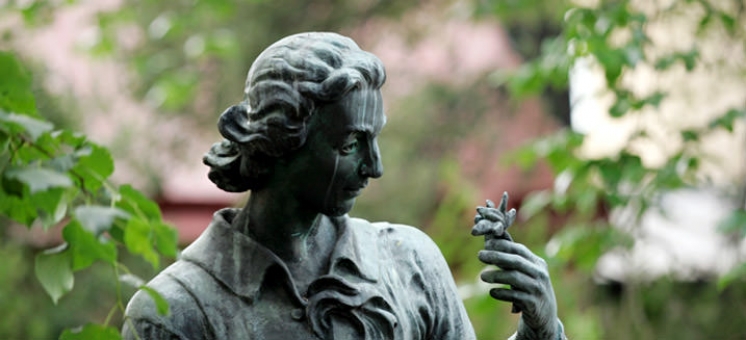
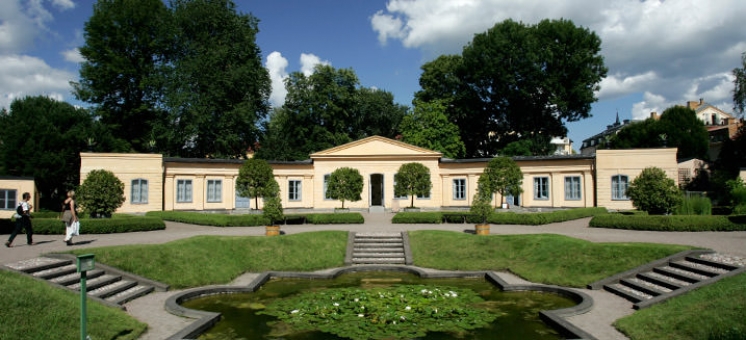
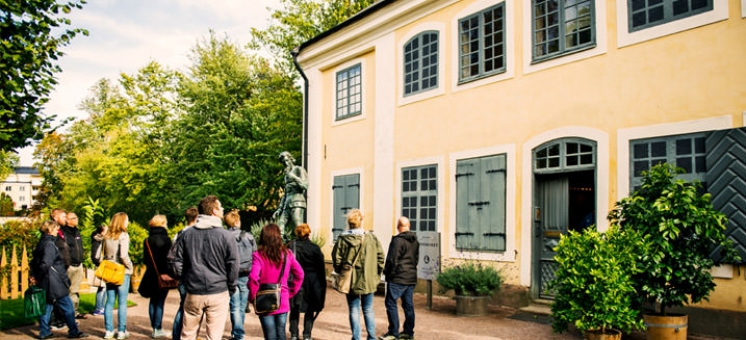
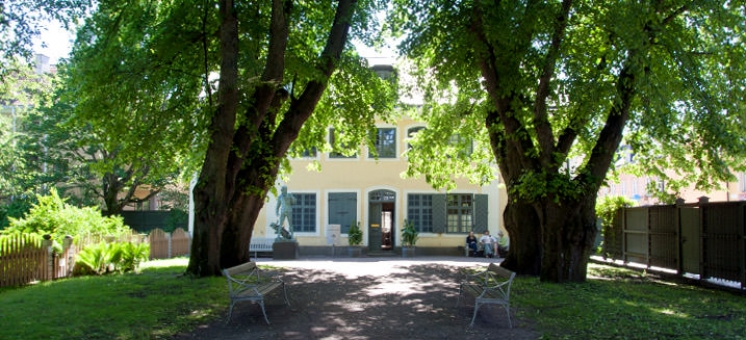
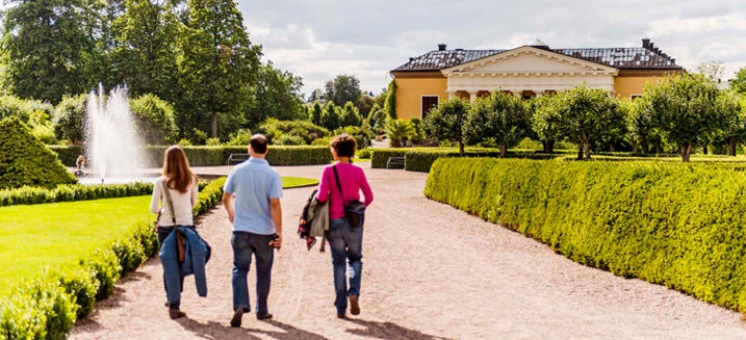
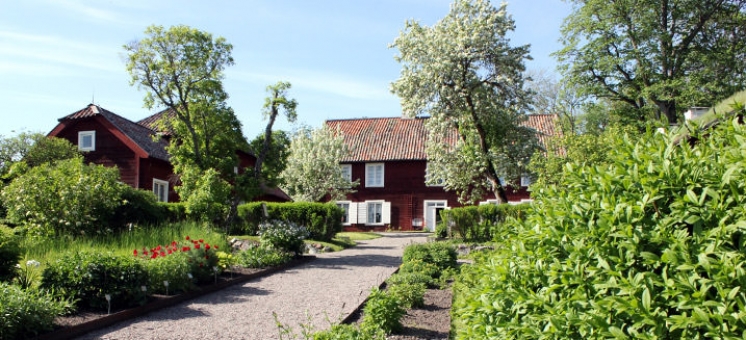
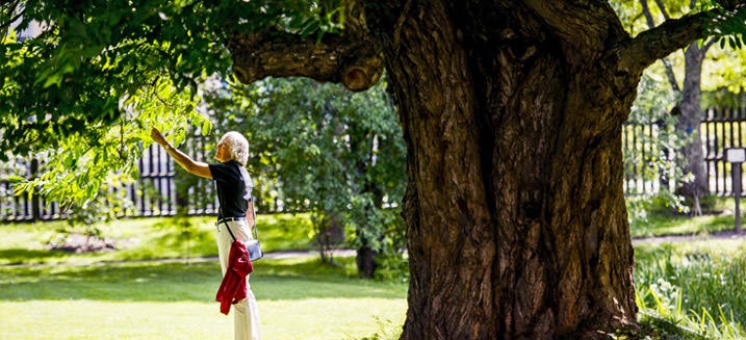
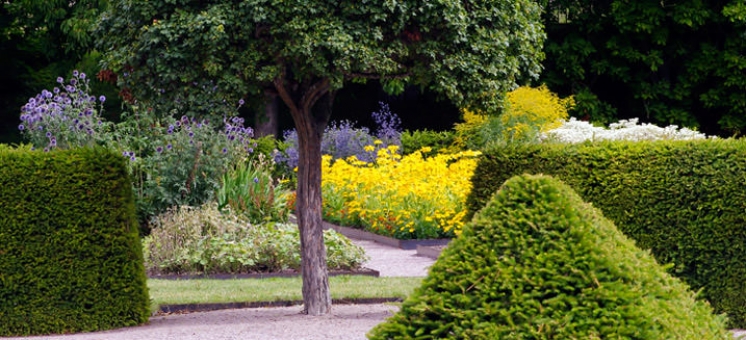
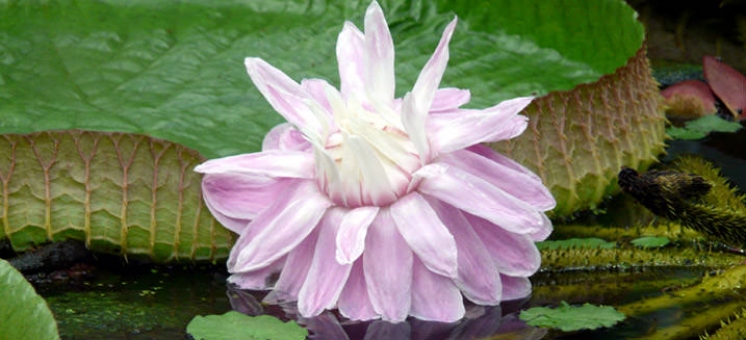
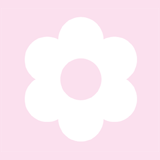 Rosehip, buttercup or Linnea? Make our floral tests based on knowledge from both Linnaeus botany and Jungian psychology. Go to the test.
Rosehip, buttercup or Linnea? Make our floral tests based on knowledge from both Linnaeus botany and Jungian psychology. Go to the test.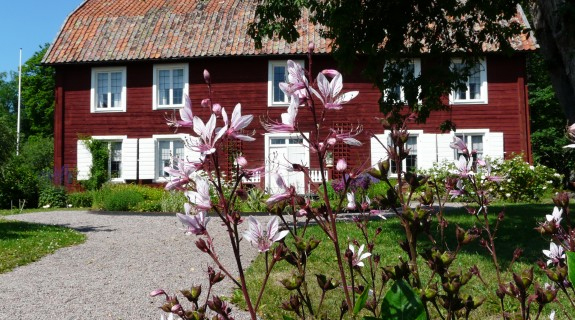
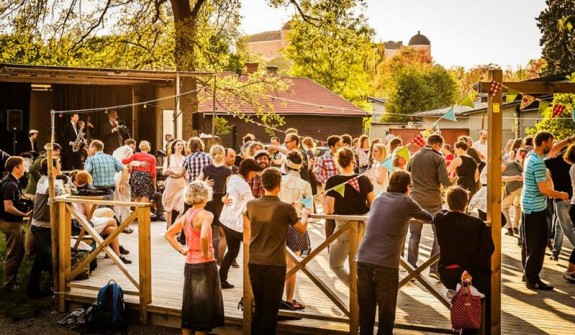
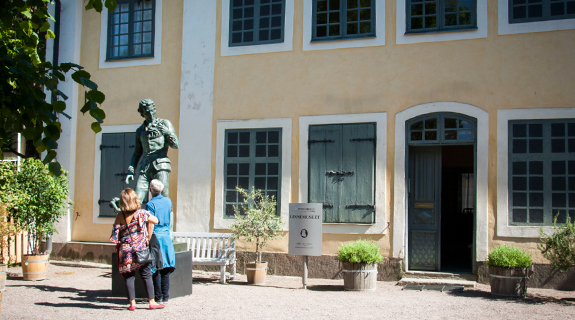 Step right into the 18th century and the home of Carl Linnaeus.
Step right into the 18th century and the home of Carl Linnaeus.